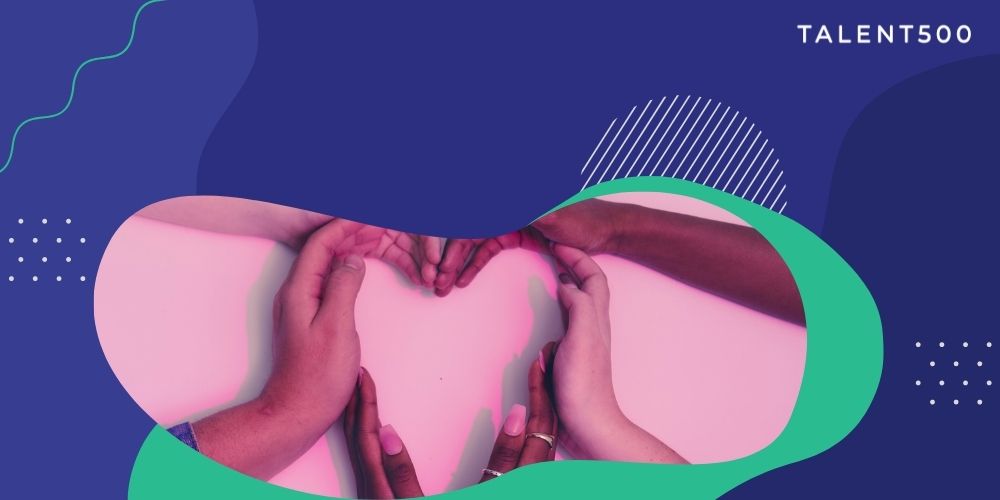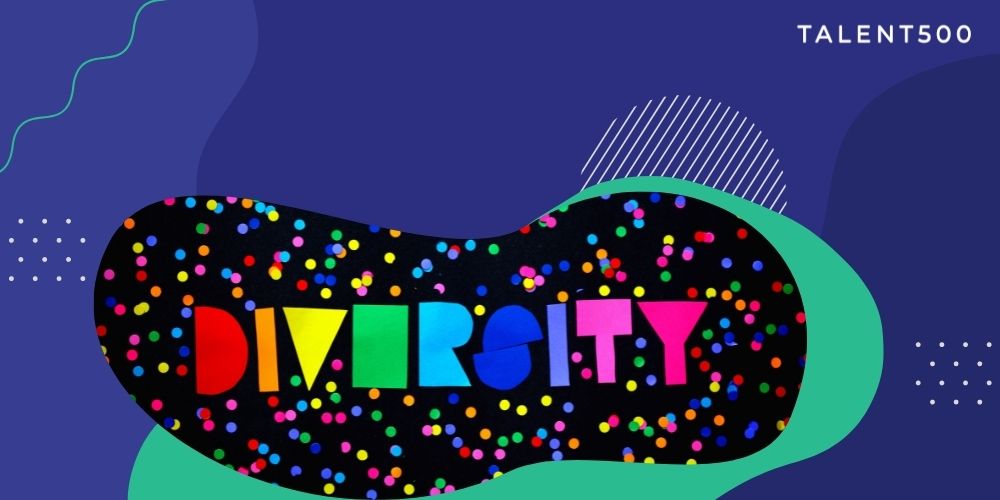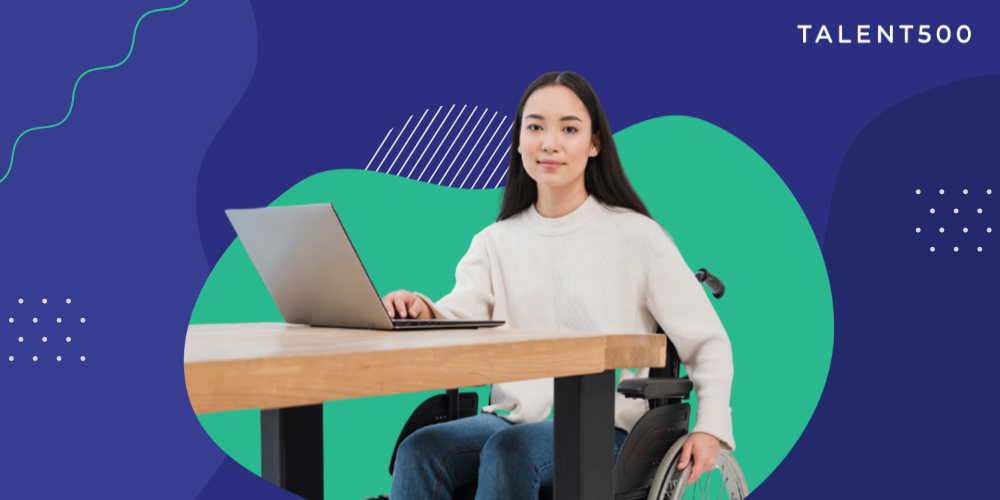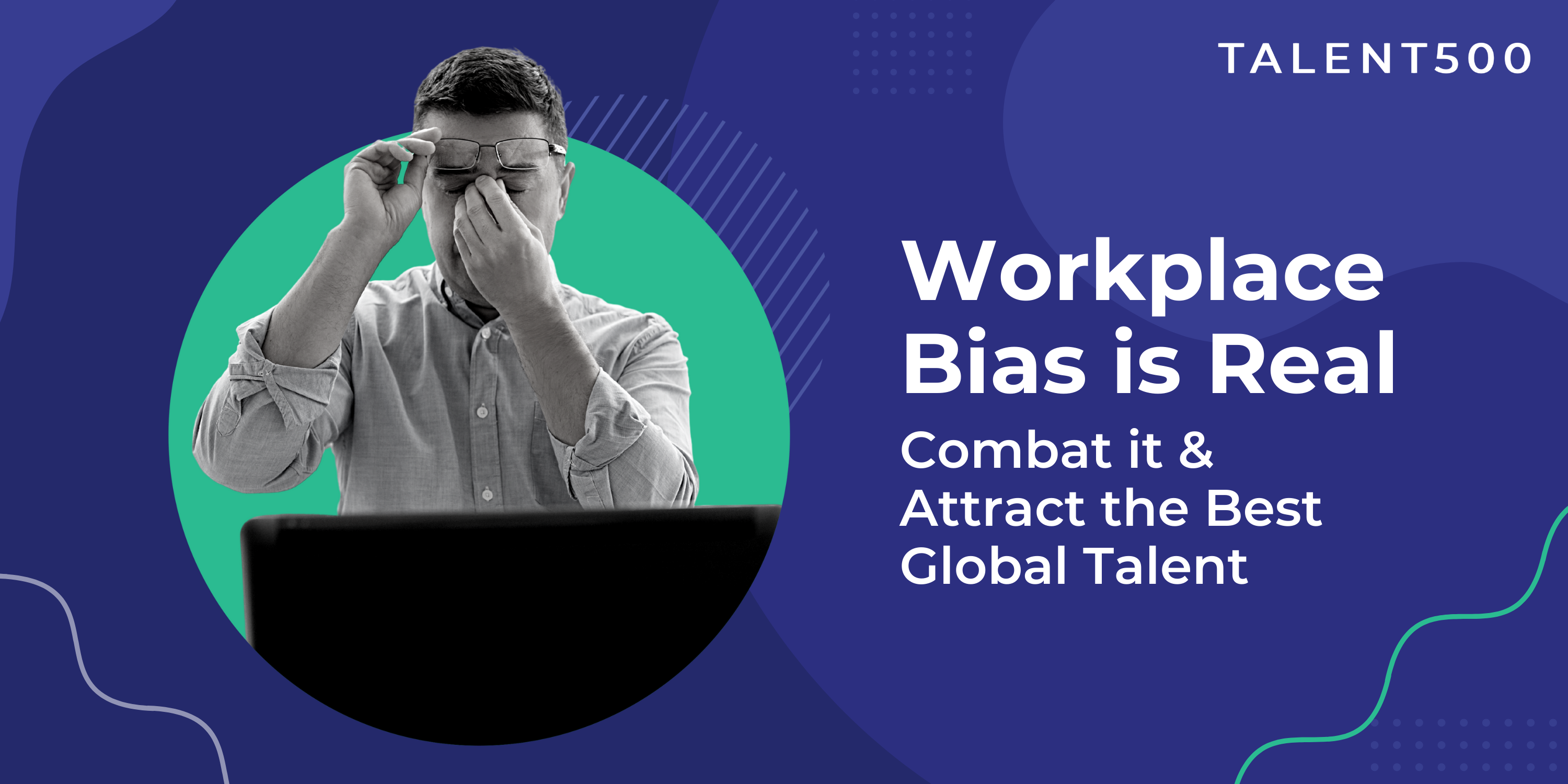Diversity and inclusion are now guiding principles of the modern workforce. However, in some regions of the world, talent and employment discrimination is still an unfortunate reality. People of color, for instance, face workplace disparities such as lower hiring rates, unequal pay, deprivation from leadership roles, and negative work experiences. Many leading enterprises are now making conscious changes to all aspects of their functioning to combat this.
Companies like Sodexo, Mastercard, Lenovo, Johnson & Johnson, and L’Oreal are exemplars that have initiated diversity and inclusion in their talent strategy. In fact, more than 80% of CEOs whose companies employ diversity and inclusion strategies strongly advocate for such policies. They believe it enhances business performance and in truth, it does!
There’s a simple reason for this, and it is that diversity uncaps limitations. When companies embrace diversity and inclusion (D&I), they find the best talent, boost employee engagement, and even see better sales figures due to heightened public perception. A diverse culture is in a better position to innovate for a range of communities too.
For a better understanding of D&I in the workplace, its importance, and why adopting it in your business strategy is the right thing to do, read on.
What is D&I in the workplace?
Diversity in a workplace is a staffing endeavour that focuses on hiring across backgrounds. It means having employees of different cultures, genders, races, religions, ethnicities, belief systems, and more. Inclusion, on the other hand, refers to creating a safe, valued, respectful, fair, and supportive working environment for every employee.
D&I together empower employees to work irrespective of identity, background, or circumstances. Both the aspects of diversity and inclusion are equally important, and approaching them separately isn’t as effective. Diversity in an organization without inclusion can lead to toxic work culture. And inclusion without diversity is a tell-tale sign of impending stagnation, be it from the creative or the innovative outlook.
Why do companies need a D&I strategy?
The millennial employee prizes fairness and ethical morals in the workplace. Over 80% of millennials carefully consider employment policies of diversity, equality, and inclusion before taking a job. Companies can’t afford to ignore this requirement, especially if they’re looking to tap into the best of the generation. Other reasons why D&I is a must-have are:
Improves business performance
Businesses that focus on diversity and inclusion are 35% more likely to outperform competitors by earning higher profits, as per a 2020 study. Another report by BCG found that diverse companies earn 19% higher revenue and have 70% more possibilities of capturing new markets. This points to obvious performance gains that shouldn’t be overlooked.
Improves employee well-being and reduces turnover
When an employee feels included, their engagement improves, and they are more likely to go the extra mile. An inclusive work environment also makes employees feel valued. This builds trust and fosters the right type of associations with brand culture. With increased job satisfaction, turnover reduces, effectively retaining quality talent and minimizing overheads.
Increases productivity and innovation
About 83% of millennials get more actively engaged in work when their organization supports D&I initiatives. Inclusion within a diversified team can boost productivity by 35% when encouraged to think outside the box and be innovative, and a Deloitte report confirms that it yields results. According to findings, D&I boosts innovation by 20%. This may also lend itself to the fact that diverse teams are 60% more effective at decision-making.
Grants access to a larger pool of talent
As per a Glassdoor survey, 89% of black people, 80% of Asians, 72% of women, 70% of Latinos, and a significant majority of white respondents deemed the workforce diversity as crucial. Diversifying your workforce expands your talent pool and attracts more talented and qualified candidates, who bring new skills and perspectives to work.
How to achieve diversity and inclusion?
Although there may be roadblocks in inculcating D&I policies seamlessly in business strategy, it is not impossible. Here are a few tried, tested, and approved approaches.
- Educate and involve top leaders towards D&I efforts
- Structure an inclusion committee and promote learning
- Honor global events and occasions for inclusion
- Communicate and act on feedback
- Follow fair recruitment and workplace equality practices
Navigating the nuances of D&I is no simple task, but it is well worth the effort. Companies looking to create this environment should embrace modern solutions, among which is to approach a trusted talent hub. To access the best talent from around the globe, and to find individuals ready to dedicate to growth, partner with Talent500.
Feature among the enterprises and Fortune 500s that trust us in managing and scaling their teams, be it remote or via the EOR model. Our pre-assessment tests and Intelligent AI fit tool matches candidates across various parameters and help you get the best-fit profiles for every opportunity. To leverage the best in the industry, schedule a free consultation today.
Resources
- https://hbr.org/2021/05/5-strategies-to-infuse-di-into-your-organization
- https://www.businessnewsdaily.com/15970-diverse-inclusive-companies.html#:~:text=Learn%20from%20these%20six%20companies,and%20supportive%20environment%20for%20all.
- https://www.peoplegoal.com/blog/diversity-and-inclusion-strategy
- https://www.achievers.com/blog/diversity-and-inclusion/
- https://www.shrm.org/hr-today/news/hr-magazine/0418/pages/6-steps-for-building-an-inclusive-workplace.aspx




